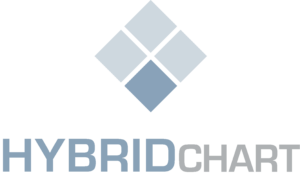Transition of care between providers happens on a daily basis. This process is not only time-consuming, but it is a vulnerable spot in the practice of medicine where errors can occur. Whether you are part of a large private practice, hospital-employed group, or even residency program, inevitably you will need to collaborate with your partners to improve patient handoffs and avoid medical errors.
Patient handoffs typically occur at the start and end of the day between providers covering during the day and those covering at night. There is usually a transition of care at the onset and completion of weekend coverage as well. In those circumstances where multiple facilities are involved, and multiple providers are covering those facilities, this process can get quite complex.
The sicker patients tend to get the most attention. A more detailed description of problems and action items will occur on those squeaky wheels. The average patient with average problems may not get much attention during sign-out, and those patients are vulnerable to medical errors and misjudgments by covering providers.
The process of transferring patient details also poses a problem. In the “old days,” physicians would share lists by fax or by conversation on the phone. In more recent years there has been utilization of spreadsheets and cloud-based applications such as Google Docs to share patient sign-outs. I have even seen computers in a room at the back of the ICU “dedicated” to hosting the patient spreadsheet. Unfortunately, none of these mechanisms comply with patient privacy laws in this country.
My practice uses a cloud-based, HIPAA-compliant Census Management System, which allows our providers to enter patient information and brief clinical histories into this system, providing access to everyone in our practice. The lists are available on web and on my smartphone app. If I am in a retro mood, I can print out the list, but quite honestly, I haven’t seen the need to do that in quite some time. Patients can be easily separated into groups based on location, responsible providers, or even sections within the hospital. This is a true collaboration tool, so I can see what my partners are doing and avoid duplication of efforts.
Some skeptics will say, “Great. Another step in my day. How long does it take to add the patient?” Turns out these nay-sayers are missing the point. It takes me under 10 seconds to add a patient. This minor investment in time saves me HOURS downstream. No need for lengthy sign-outs with my partners on weekends. No more hunting down the provider covering the hospital to tell him or her about a consult that came in overnight. Once the patient is in the system, the benefits and time-savers start to add up quickly.
This clever Census Management System also allows our schedulers and front-office staff to add to the list as consults come in. Now the whole practice is in the loop. The ability to add clinically relevant information, to-do lists, and even notifications about upcoming procedures is seamlessly integrated into the tool.
We now have a level of organization and productivity, which is indispensable in the fast-paced, ever-changing world of medicine. Staying competitive in this environment requires the adoption of smartly designed efficiency tools, which truly understand the physician workflow. And, leaving early on a Friday afternoon feels good too.





